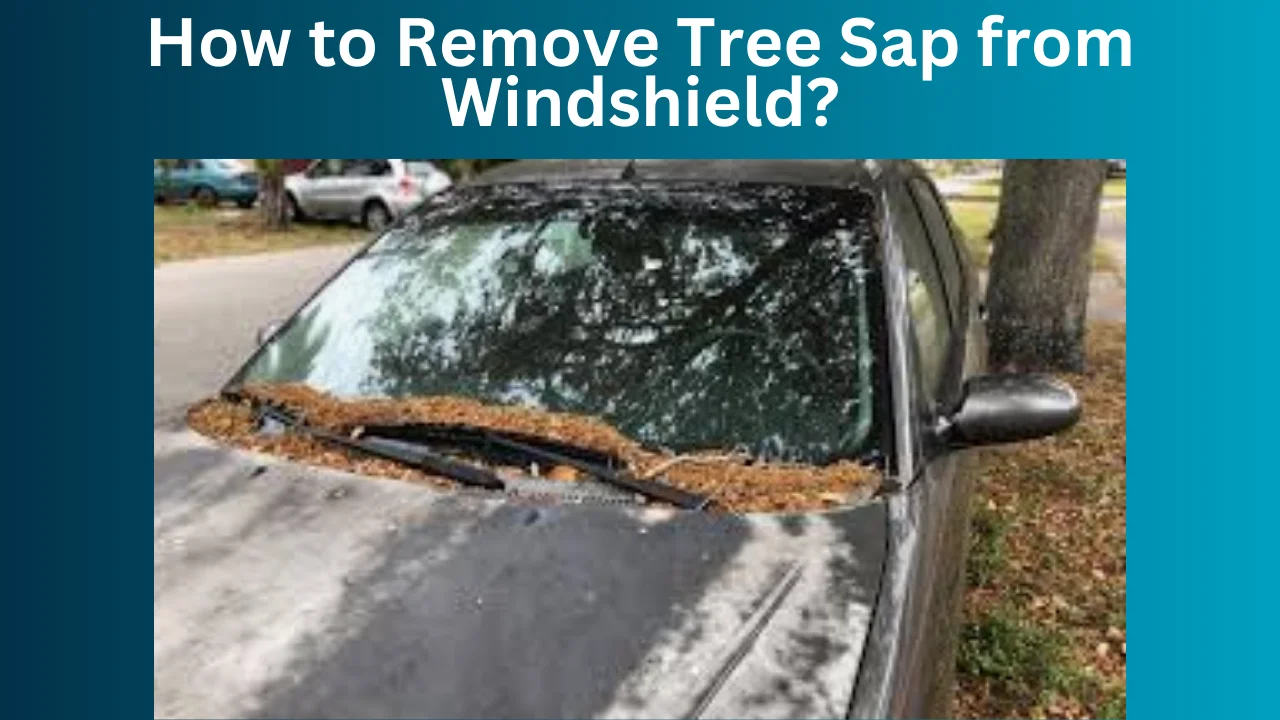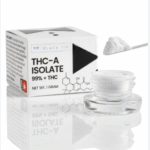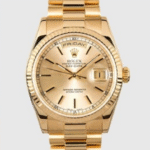Getting tree sap off your windscreen is no picnic, particularly if it has set over time. In addition to obstructing your view, the sticky residue can be difficult to remove without breaking the glass. How to remove tree sap from windshield? It is possible to return your windscreen to its original, flawless state using the correct methods and supplies. Expert tips on safely removing tree sap, keeping your windscreen clear and more are all included in this detailed guide.
Understanding the Need for Clean Windshields
For reasons of both aesthetics and safety, a clean windscreen is essential. Particularly in low light or during severe weather, tree sap can drastically decrease visibility, making accidents more likely. Safe and effective removal of tree sap from windscreens calls for targeted approaches that protect the glass’s structural integrity without sacrificing cleanliness.
Effective Sap Removal Solutions
Identifying the Right Cleaning Agents
Picking the correct cleaning agents is crucial for successfully removing tree sap from windscreens. Commercial sap removers are designed to effectively remove sticky residue from windscreens without causing any damage to the surface. Another option is to use a vinegar and water mixture or rubbing alcohol, both of which are common household items. To keep the glass and paint of your car in pristine condition, be sure to apply these solutions correctly.
Using Heat to Soften Sap
To make tree sap easier to remove, a tried-and-true method is to apply gentle heat. You can safely soften the sap with a hairdryer on low heat, holding it at a safe distance from the windscreen. When working with sap that has hardened, this method shines.
Physical Removal Techniques
After the sap has softened, it is usually possible to scrape it off using a plastic scraper or, very carefully, a razor blade. To preserve the glass’s finish, be very careful when using these tools. A gentle sponge or microfiber cloth may be enough to remove sap that is not too set in its ways. To raise the sap without using too much force, try circular motions.
Rinsing and Cleaning Post-Sap Removal
Thoroughly washing the area with warm, soapy water is necessary to remove any remaining cleaning solution or sap residue after the sap has been removed. Clean the windscreen one last time with water and then dry it with a lint-free cloth to remove any remaining streaks or debris.
Preventative Measures
Consistent cleaning and cautious parking can help avoid the buildup of sap in the future. A car cover or parking far away from trees—particularly ones that are known to drip sap—can greatly minimise the amount of sap that ends up on the windscreen. Washing the glass on a regular basis keeps it clear and prevents sap from hardening.
Using Household Products Safely
Rubbing Alcohol for Sap Removal
Because of its solvent properties, rubbing alcohol is great for removing tree sap from windscreens. It can dissolve the sap, making it easier to wipe away, when applied directly to the affected areas and left to sit for a few minutes. But diluting it with water will reduce the likelihood of harming the windshield’s protective coatings.
Vinegar as a Natural Alternative
Tree sap can be effectively broken down by using vinegar, a mild acid. The sap can be soaked before being removed using a mixture of water and vinegar in equal proportions. The process is non-toxic and won’t harm the glass or any of the other surfaces in the vehicle.
Using WD-40
Removing tree sap from vehicle windows with WD-40 is another useful use for WD-40. Its degreasing capabilities can dissolve sap effectively, though it wasn’t intended for that particular use. After spraying it onto the sap, let it sit for a while, and then wipe it off. Be careful not to get any paint on the car’s finish from the spray.
The Role of Baking Soda
When combined with water, baking soda makes a mild abrasive that can remove tree sap from windscreens without damaging them. After applying the paste and waiting a few minutes for it to take effect, it can be gently scrubbed off. To remove any remaining baking soda, rinse the windscreen afterwards.
Preventing Windshield Sap Damage
First and foremost, you must know how to keep sap from adhering to your windscreen. In order to greatly decrease the occurrence of sap accumulation, it is recommended to use a windscreen cover, apply a wax coating to repel sap, and clean your windscreen regularly. Keeping your windscreen clean is as easy as being aware of your parking spot and avoiding trees that produce sap.
Tools for Sap Removal
Choosing the Right Cloth
The cloth you use to wipe sap off a windscreen can have a major impact. The gentle texture and excellent debris-trapping capabilities of microfiber cloths make them an ideal choice. To avoid leaving scratches or lint behind, try not to use paper towels or rough fabrics.
The Importance of Plastic Scrapers
To remove hardened sap from a windscreen without harming it, plastic scrapers are an essential tool. Plastic scrapers are gentle enough to avoid scratching glass, yet firm enough to remove sap, unlike metal ones. To avoid damaging the glass, peel off the sap layer gently and with light pressure.
Specialized Sap Removal Products
A more direct method is available in the form of specialised sap removal products. These products are specifically formulated to break down sap more effectively than regular cleaners by targeting its adhesive properties. To use a product safely and effectively, one must always adhere to the manufacturer’s instructions.
Strategies for Removing Intractable Sap and Revitalising Hard Residues
If the stain is really stubborn, you may need to apply sap remover more than once. It may be helpful to reapply the cleaning agent and allow it to sit for a longer period in these instances. Because the solvent has more time to break down the sap during this prolonged contact time, removal is easier.
Gentle Agitation Methods
Mild stirring may help sap that is exceptionally hardy. Scrub the area gently using a soft-bristled brush or the edge of a microfiber cloth after you’ve applied your cleaning solution. Because of this, the solvent is able to reach deeper into the sap, making its removal easier.
Safety Measures for Intensive Cleaning
Always keep yourself and your vehicle safe when dealing with stubborn sap. Be careful not to scratch the windscreen with abrasive tools and to wear gloves when working with strong chemicals.
Long-Term Maintenance and Care
Regular Washing Schedule
Sap is much easier to remove when it is still wet, so it’s best to wash the windscreen regularly to keep it from hardening. If you want to keep your windscreen and other areas that collect sap clean, wash your car at least once a week.
Protective Coatings
You can keep sap, rain and dust off your windscreen by applying a protective coating. Water repellents and other specialised windscreen treatments form a protective layer that reduces the frequency and effort required for subsequent cleanings.
Monitoring and Immediate Action
Sap can cause long-term damage if not addressed promptly, so it’s important to be vigilant when you see it. It is crucial to check your car’s windscreen frequently, particularly after parking near trees that produce sap, in order to detect and remove sap before it causes a bigger problem.
Frequently Asked Questions
Q: What is the fastest way to remove tree sap from a windshield?
Applying rubbing alcohol directly to the sap, letting it sit for a few minutes, and then wiping it away with a microfiber cloth is one of the fastest methods.
Q: Can I use nail polish remover to clean sap off a windshield?
Yes, nail polish remover containing acetone can dissolve sap effectively but use it sparingly and carefully as it can damage the car’s paint if misapplied.
Q: Is it safe to use Goo Gone on car windshields?
Yes, Goo Gone can be used on windshields to remove sap; however, it should be thoroughly rinsed off to prevent any residue from affecting the glass’s clarity.
Q: How often should I clean tree sap off my car’s windshield?
Clean sap off as soon as you notice it to prevent hardening and accumulation, which are more difficult and potentially damaging to remove.
Q: Does parking in the shade prevent sap from sticking to the windshield?
Parking in the shade can reduce sap flow from trees but may not completely prevent it. Using a windshield cover is more effective in keeping the glass sap-free.
Conclusion
If you want to keep your car looking good and stay safe on the road, you need to use the correct methods and tools to remove tree sap from your windscreen. How to Remove Tree Sap from Windshield? You can keep your windscreen sap-free and your vision unobstructed with regular maintenance and the use of appropriate removal methods. In order to prevent the accumulation of difficult sap residues, it is important to use commercial or household cleaners sparingly and on a frequent basis.

Shannon Reyes is a seasoned writer with a knack for crafting engaging blogs on a variety of service industries, including plumbing, cleansing, moving, pest control, and roofing. With a keen eye for detail and a passion for helping readers navigate complex topics, Shannon brings her expertise to life through informative and accessible content.










